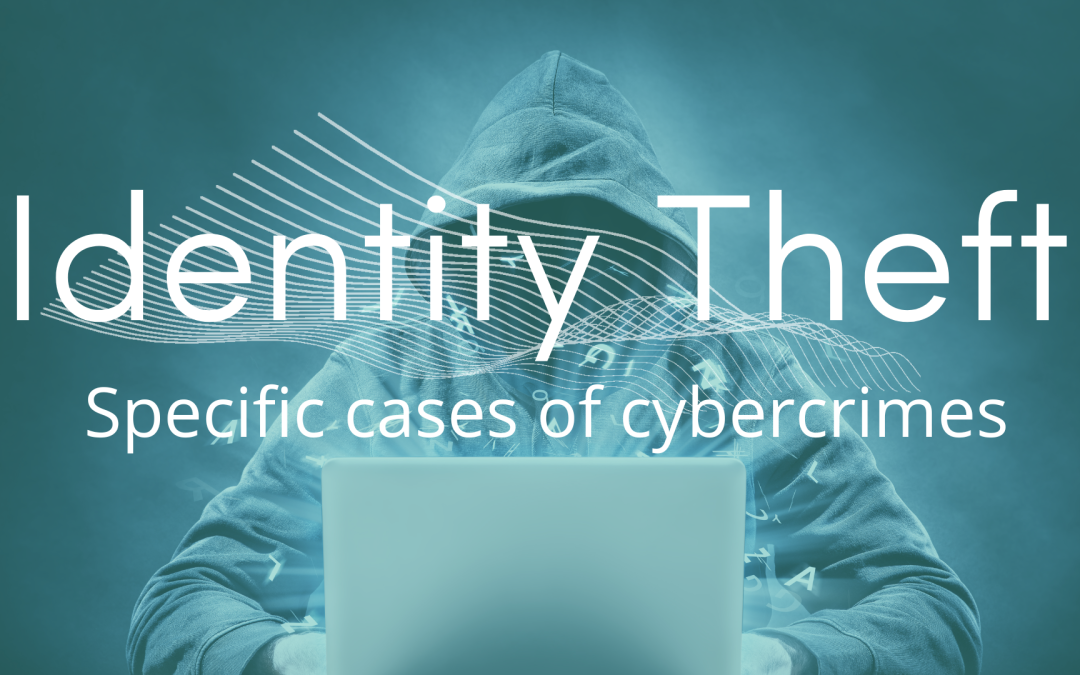We all know that cybersecurity is a major issue for everyone. However, did you know that identity theft is now the most common form of digital attack in Canada?
In fact, according to a report by the Canadian Anti-Fraud Center (CAFC), nearly 30,000 citizens were victims of identity theft in 2022 alone. Of the reported cases, one-third are here in Quebec. Indeed, our ‘beautiful province’ is the one most affected by digital identity theft.
Unfortunately, this trend is only growing, as in 2019 the CAFC recorded less than 10,000 cases. Several important factors have contributed to the rise of identity theft in Canada and Quebec. First, there was the Desjardins affair, also known as the largest personal data leak in the history of Quebec, involving nearly 3 million victims. In addition, there are the setbacks related to the pandemic, such as the Canadian Emergency Benefits (CERB & CESB) and Employment Insurance benefits which have generated a lot of fraud and data theft across the country.
However, the most alarming aspect of this situation is that the number of cases recorded by the CAFC is only a small percentage of the reality. In fact, according to the Canadian Anti-Fraud Centre, there are up to 600,000 digital identity thefts in Canada. In other words, only 5% of cases are reported. This suggests that a large percentage of citizens are unaware that their identities are in the hands of cyber criminals and that their data is probably being accessed and sold on the Dark Web.
And according to Claudiu Popa, the CEO of Informatica Corporation, eventually, it will be the entire population that will fall victim to identity theft, in one form or another…
Synthetic Identity Theft
There are various manners and ways to steal someone’s identity. The most common and most difficult to detect is undoubtedly synthetic identity theft.
This is when a cybercriminal combines your personal data with another individual’s or simply false information, and then creates a fictitious identity from scratch. Once produced, the digital criminal borrows this new synthetic identity to make fraudulent purchases, open or modify bank accounts and apply for new credit cards.
What is perhaps most frightening and astounding about synthetic identity theft is that the scam can last for several years. In short, as long as the victim realizes the situation and its seriousness. The fact that it is a false identity with your information allows the cybercriminal to go undetected for a long time period because their fraudulent activities do not appear in your bank statements. In fact, from one day to the next, you may suddenly realize that you are in serious debt without knowing the cause.
For a cybercriminal to synthetically steal your identity, only one thing is needed: your social insurance number
Thanks to this, web criminals have access to all the information they need to create a brand-new identity.
An identity parallel to your own.
The Victims
The most disturbing part of this whole affair is how widespread identity theft is and how no one, not even a private company or public institution, is immune to it. Indeed, whether it is a businessman or woman, a stay-at-home parent, self-employed individuals, welfare recipients, or even the elderly, no group is spared. Not even children.
Minors are among the most targeted and affected by identity theft. The reason? Children have no credit history and are inherently less alert to this type of activity. Québec is certainly not spared, since 93% of the 1103 cases reported to the CAFC in 2021 came from here.
However, the problem is not only in Quebec and Canada. On the contrary, a 2018 U.S. study reports that 39% of minors were victims of identity theft in 2017, while only 19% of U.S. adults were affected that same year.
But then how do cybercriminals gain access to the personal data of our children and teenagers? The answer is simple; all you need is your social insurance number and you’re in business. And to achieve this, cyber criminals target various institutions such as schools, banks, and many others.
That is why every company and organization must be able to protect its data as well as its customers’ data, and consequently, its own reputation.
We offer a FREE evaluation to know more about your current protection.

